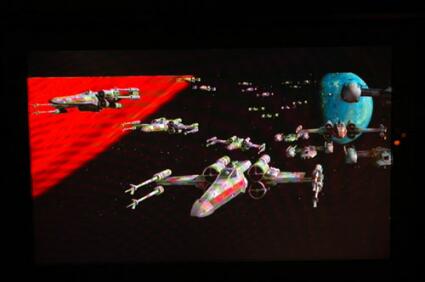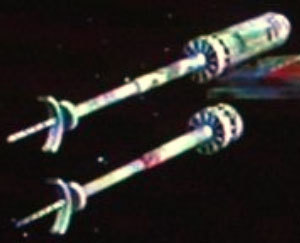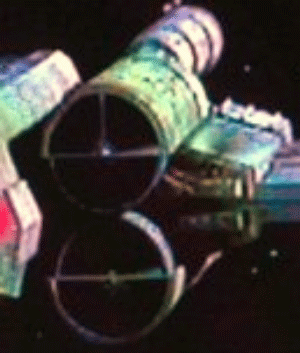26" LCD TVs: Are They Ready for Prime Time?
The Small Form Factor PC: Your LCD TV's Best Friend
If you've already decided to take the plunge and get an LCD TV, the preceding remarks have probably discouraged you a little, and that's understandable. But while you wait for content to become available in HD format, there's a simple solution for getting better resolution from your DVDs without the video noise generated by cinch/S-Video outputs or the poor interpolation delivered by LCD TVs. And it doesn't require you to shell out for an expensive scaler that you'll only have to throw out when HDTV finally arrives.
This simple solution is to connect your LCD TV to a Small Form Factor PC - or in fact any PC, provided the size of the case isn't a problem for you. Most LCD TVs with DVI connectors are PC compatible, so it's possible to attach them to a PC with a video card having VGA or DVI output. You can then display images in their native resolution, without the need for laborious scaling. Since you'll be using a VGA or DVI cable, a TV output isn't needed on the Small Form Factor PC.
The scaling is handled by the DVD player software installed on your PC, and the quality of the scaling is immeasurably better than what the TV set can do. So you'll be able to get the most out of your favorite DVDs while waiting for HDTV.
Not convinced? The proof is in the picture.

This photo of an LCD TV screen was taken with a Nikon D70. We chose this scene from the remastered second edition of Star Wars to illustrate the details that can be seen on the fuselages of the spaceships. (Don't worry about the color aberrations, which are due to the extremely high resolution of the D70.)
The point is to be able to compare the details on images from two sources:
- A PC connected to the TV set via a VGA connector.
- A DVD player with Peritel output.
In both cases, the scene and obviously the DVD are the same.
Stay On the Cutting Edge: Get the Tom's Hardware Newsletter
Get Tom's Hardware's best news and in-depth reviews, straight to your inbox.
Let's compare...

This freeze frame shows significantly more detail in the PC version. Obviously, the camera's focus wasn't changed between the two captures.

Here again, the image from the PC, at left, shows more detail.
So, from the same source, the image from a PC connected via VGA/DVI is clearly better than with a standard living-room DVD player. There are two explanations for this. Interpolation plays a role, of course, but signal loss in the connectors themselves is also partly responsible.
The bottom line is that your PC can come in very handy in this way, and may even earn itself a place in your living room - if it hasn't already.
Current page: The Small Form Factor PC: Your LCD TV's Best Friend
Prev Page HD-TV: Connectivity Next Page The THG Method